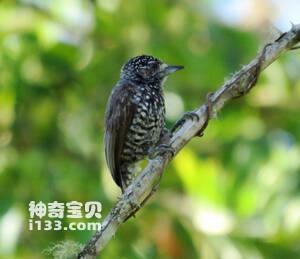
Picumnus steindachneri
Picumnus steindachneri,Speckle-chested piculet
The scientific name of the Spotted Chested Woodpecker is Picumnus steindachn···
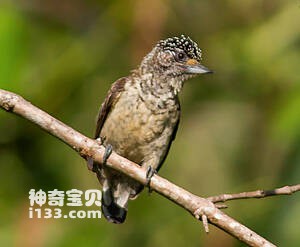
Picumnus spilogaster
Picumnus spilogaster,White-bellied piculet
The scientific name of the White bellied Woodpecker is Picumnus spilogaster,···

Picumnus squamulatus
Picumnus squamulatus,Scaled piculet
The scientific name of the scaled woodpecker is Picumnus squamulatus, and it···
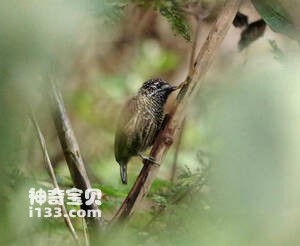
Picumnus sclateri
Picumnus sclateri,Ecuadorian piculet
The scientific name of the Ecuadorian woodpecker is Picumnus sculari, and it···

Picumnus nigropunctatus
Picumnus nigropunctatus,Black-spotted piculet
The scientific name of the black spotted woodpecker is Picumnus nigropunctat···

Picumnus exilis
Picumnus exilis,Golden-spangled piculet
The scientific name of the Himeji Woodpecker is Picumnus exis, and the forei···
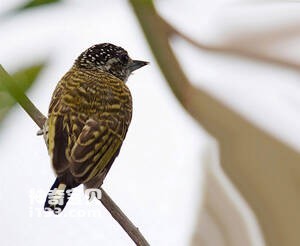
Picumnus lafresnayi
Picumnus lafresnayi,Lafresnaye's piculet
The scientific name of the Lacumnus lafresneye woodpecker is Picumnus lafres···

Picumnus pumilus
奥里诺科姬啄木鸟,Picumnus pumilus,Orinoco piculet
The scientific name of the Orinoco woodpecker is Picumnus pumilus, and its f···
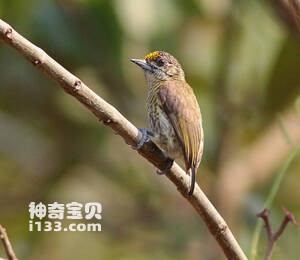
Picumnus aurifrons
Picumnus aurifrons,Bar-breasted piculet
The scientific name of the Chinese woodpecker is Picumnus aurifrons, and the···

Psilopogon nuchalis
Psilopogon nuchalis,Megalaima nuchalis,Taiwan Barbet
Psilopogon nuchalis, Megalaima nuchalis and Taiwan Barbet are endemic to Tai···
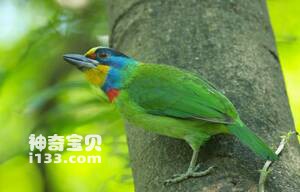
Psilopogon oorti
Psilopogon oorti,Megalaima faber,Chinese Barbet
Psilopogon oorti, Megalaima faber, Chinese Barbet, has 4 subspecies (1. Cent···
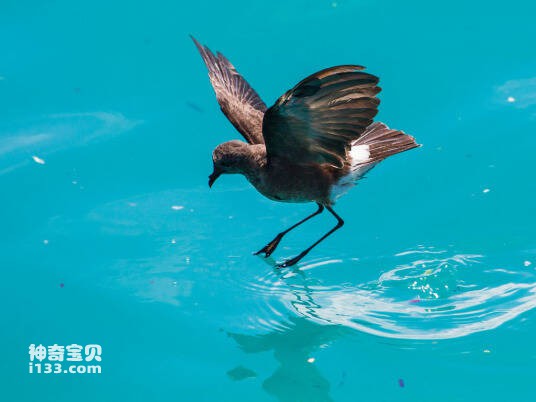
Oceanites gracilis
Oceanites gracilis,White-vented Storm Petrel
The species is known as Oceanites gracilis or White-vented Storm Petrel.Prot···
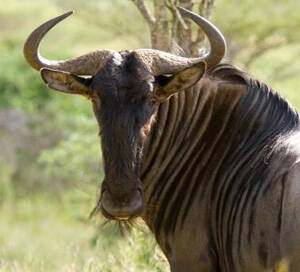
Connochaetes taurinus
Connochaetes taurinus,Common Wildebeest,Common wildebeest, blue wildebeest, spotted wildebeest, white-bearded wildebeest
Common Wildebeest (Connochaetes taurinus) has five subspecies.Common Wildebe···

Zalophus japonicus
Zalophus japonicus
Japanese sea lion, Zalophus japonicus (Peters, 1866), is an extinct species ···
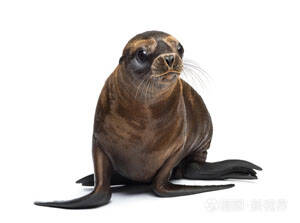
Zalophus californianus
Zalophus californianus,Californian Sea Lion
Californian Sea Lion (scientific name: Zalophus californianus), foreign name···
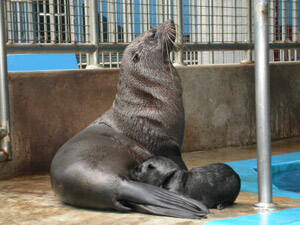
Arctocephalus pusillus
Arctocephalus pusillus,South African and Australian Fur Seal,Cape fur seal, African fur sea lion, South African fur sea lion, Australian fur sea lion
The scientific name of the African fur seal is Arctocephalus pusillus, and i···
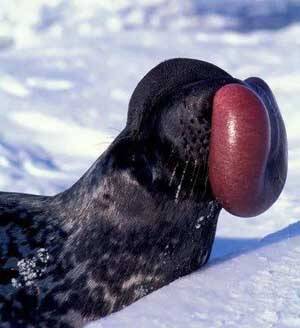
Cystophora cristata
Cystophora cristata,Hooded seal
Hooded seal (scientific name: Cystophora cristata) is also known as Hooded s···
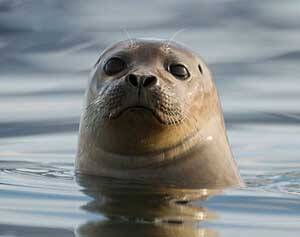
Phoca vitulina
Phoca vitulina ,Common seal
The scientific name of the harbor seal is Phoca vitulina (Linnaeus, 1758), a···
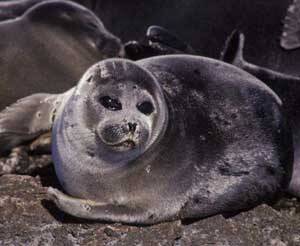
Phoca sibirica
Phoca sibirica,Baikal Seal,Siberian seal, freshwater seal
Baikal Seal (Phoca sibirica), also known as Baikal Seal in English, lives in···
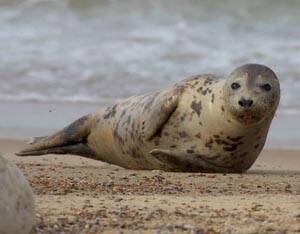
Phoca caspica
Phoca caspica,Caspian ringed seal, Phoca leucopus
The scientific name of the Caspian seal is Phoca caspica, an animal belongin···

Monachus tropicalis
Monachus tropicalis ,Caribbean monk seal,West Indian monk seal
Caribbean monk seal, Monachus tropicalis (Gray, 1850) foreign name Caribbean···
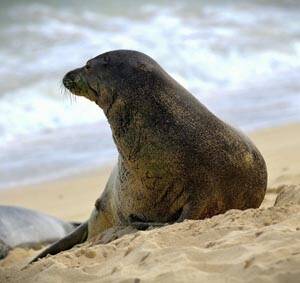
Monachus schauinslandi
Monachus schauinslandi,Hawaiian monk seal
Hawaiian monk seal (scientific name: Monachus schauinslandi) is the only nat···
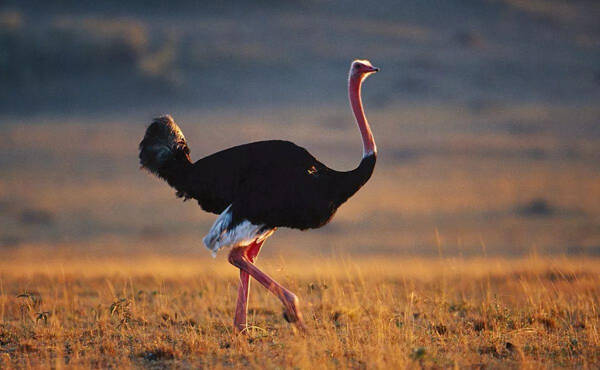
Struthio camelus
ostrich、Struthio camelus
The largest bird on earth is the African ostrich, which is also a flightless···

Puma concolor
Puma concolor,Puma、Mountain Lion,Mountain lion, golden cat, pounce horse
Puma (scientific name: Puma concolor) is also known as Puma or Mountain Lion···
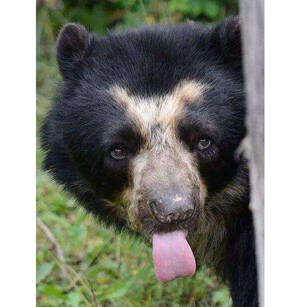
Tremarctos ornatus
Tremarctos ornatus,Andean Bear,Andean bear
Spectacled bear (scientific name: Tremarctos ornatus) is also known as Andea···
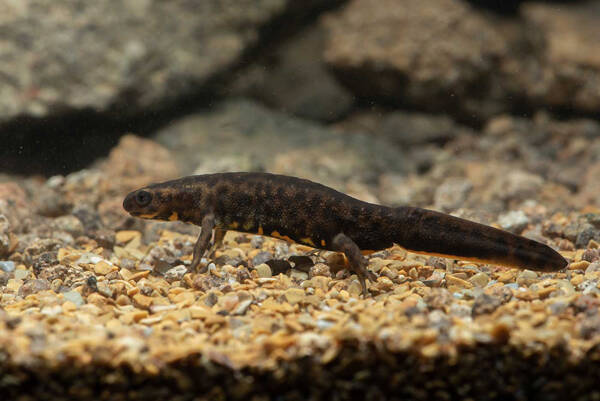
Cynops orphicus
Cynops orphicus,Shantou Salamander
The Chaoshan salamander is a tailed amphibian of the family Salamandridae an···
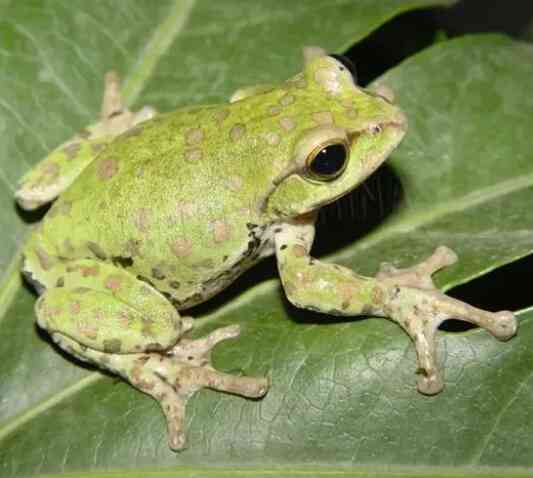
Zhangixalus hongchibaensis
Wuxi tree frog
During the breeding season from March to June, the male frog makes a "d···

Rhacophorus laoshan
Old Mountain Tree Frog
The Laoshan tree frog is commonly found in mixed forests of secondary broad-···
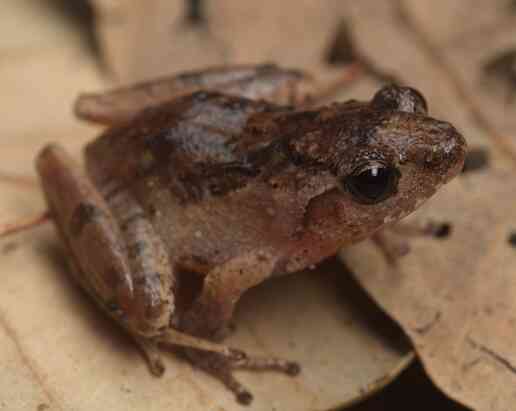
Liuixalus romeri
Romer's Tree Frog,Romer Liu tree frog
Romer's tree frog, a species of the genus Rhacophoridae, lives near the ···
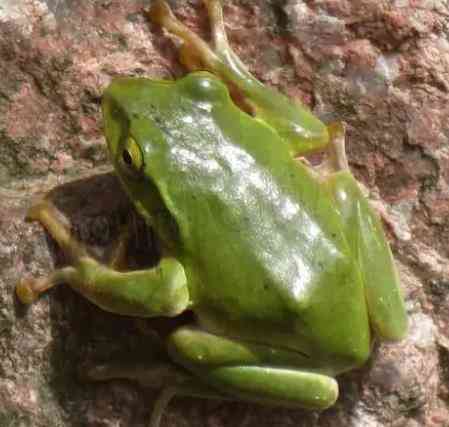
Polypedates hungfuensis
Hongfo tree frog
Hongfo tree frog is an amphibian tree frog family, with a relatively flat bo···
